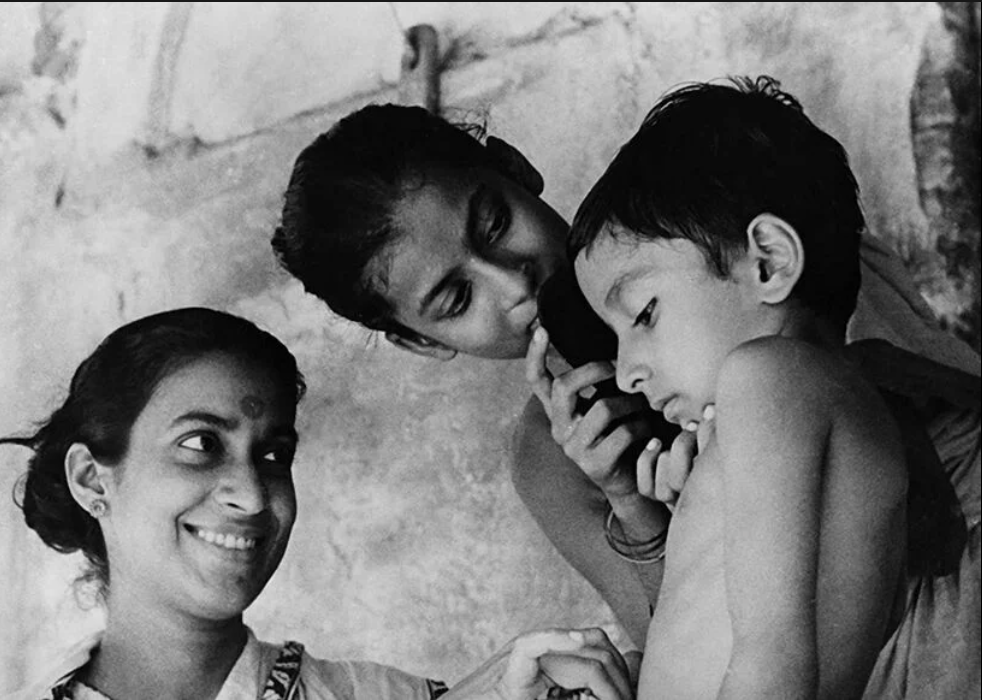Parallel cinema is an Indian film movement that originated in the 1950’s in West Bengal, acting as an alternative to the mainstream “commercial” Indian cinema (Bollywood).
Parallel Cinema is characterized by its serious content, realism and naturalism, symbolic elements with a keen eye on the sociopolitical climate of the times. With its purpose to express the director’s frustration with society and to make people think about issues that are plaguing them.
Key Directors and Films:
The movement was initially led by Bengali cinema and produced internationally acclaimed filmmakers such as Satyajit Ray, Mrinal Sen, Ritwik Ghatak, Tapan Sinha e.t.c.
Apu Triology (1955-1959) Satyajit Ray (Includes- Pather Panchali (1955) Satyajit Ray)
Nagarik (1952) Ritwik Ghatak’s
Garm Hava (1974) M. S. Sathyu



Themes/Characteristics of Parallel Cinema:
- Movie tries to make a direct connection with the audience by telling its stories through characters who are common people.
- Portrays India’s problems through cinematic art – violence, corruption and inequality were among those issues.
- Genre of parallel or art films is realistic drama, which is mostly based on social issues. With non-linear story telling revolving around the protagonist.
- Films used minimalistic sets, little or no musical score, and often shooting on location.